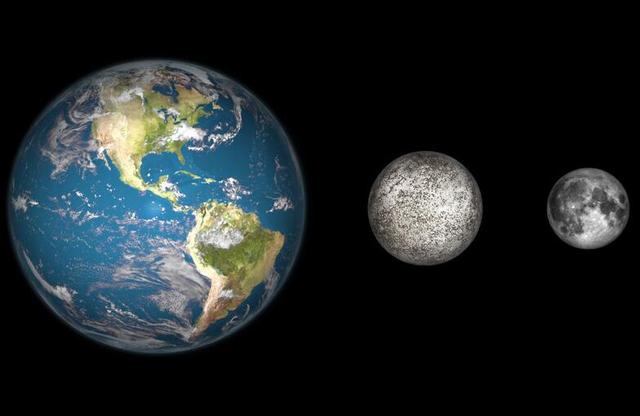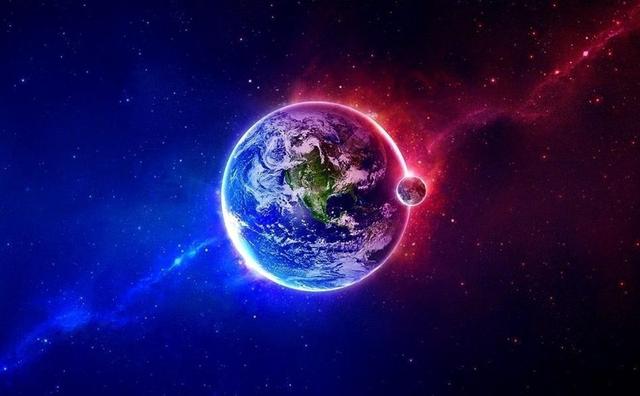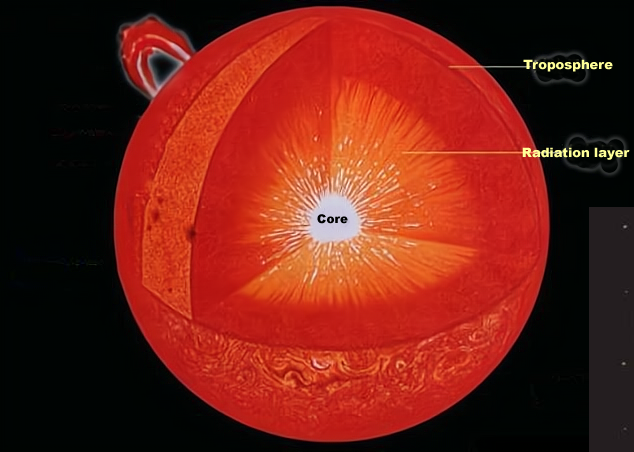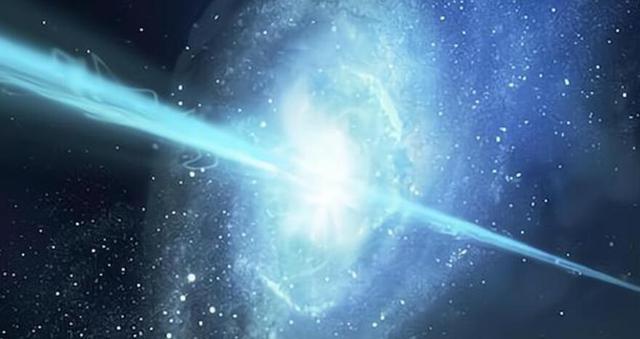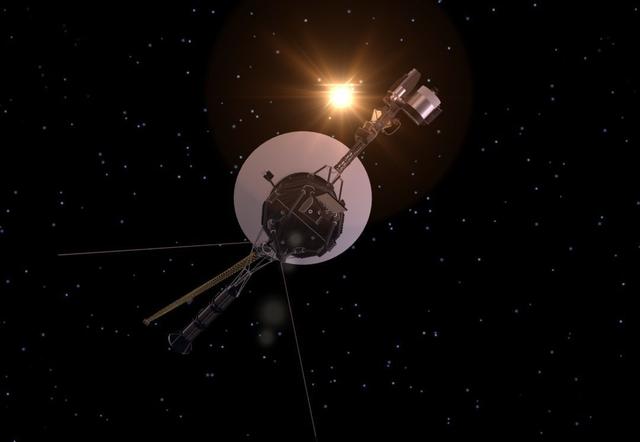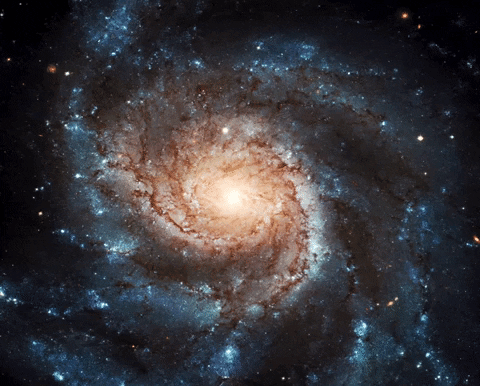- Beauty
There are eight planets in our solar system, of which mercury is the closest to the sun and was noticed by humans as early as 3000 bc. Today, we know more about mercury and have discovered that it has many other special features. All in all, mercury has set seven solar system records, or rather, mercury has set seven solar system records, and here we will see what the others are, apart from being the closest to the sun.

The fastest "Running" Planets
The average rotation speed of the eight planets in the solar system, in order of distance to closeness (relative to the sun), is 5.43, 6.81, 9.64, 13.06, 24.13, 29.78, 35.03 and 47.89 (in kilometres per second), and it can be seen that mercury, the closest planet to the sun, has a much higher rotation speed than the other planets. 87.969 earth days, mercury can make one revolution around the sun.
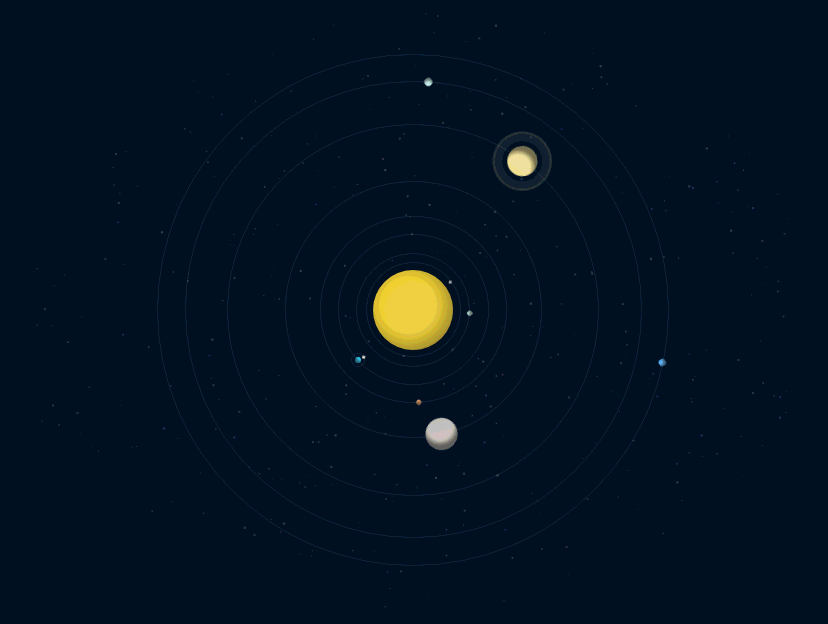
In fact, this phenomenon is well explained by classical mechanics: The closer the planet is to the sun, the greater the gravitational force from the sun, so the planet's orbital speed must increase accordingly, thus creating a "Centrifugal force" (note: This is a virtual force, but in fact a manifestation of the inertia of the object) sufficient to balance the sun's gravitational force. If the velocity is not sufficient, the planet's orbit will decrease until it falls into the sun.
Planets with the largest orbital eccentricities
Mercury has a perihelion of about 0.3075 astronomical units and an aphelion of about 0.4667 astronomical units, giving it an eccentricity of 0.2056, which makes it the planet with the largest orbital eccentricity in the solar system. Interestingly, because of mercury's large eccentricity and short rotation period, mercury will be closer to earth than venus in many cases.
The smallest planet in terms of volume and mass
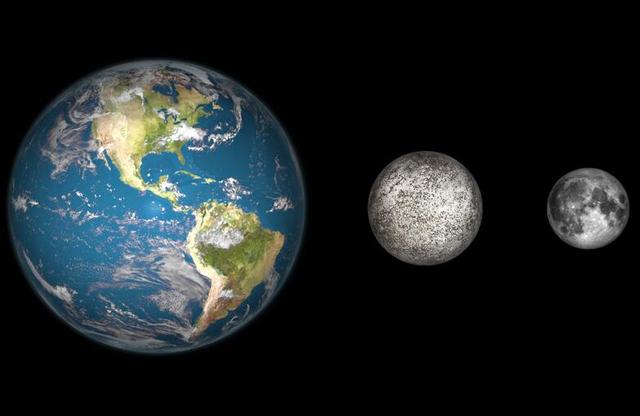
With a radius of only 2,440 km, mercury is only slightly larger than the moon. Although mercury has a density of 5.427 g/cm3, much higher than that of mars, it is so small that its mass is only 3.3011 x 10^26 g, which is roughly 5.6% of the earth's mass.
The planet with the largest crater in the solar system

About 3.6 billion years ago, an asteroid about 100 km in diameter hit mercury hard and left a huge crater on its surface, which is what we now see as the caloris basin. Observations show that the caloris basin has a diameter of about 1550 km and a total area of up to more than 1.8 million square kilometres, making it the largest in the known solar system.
Planets with the largest temperature difference between day and night
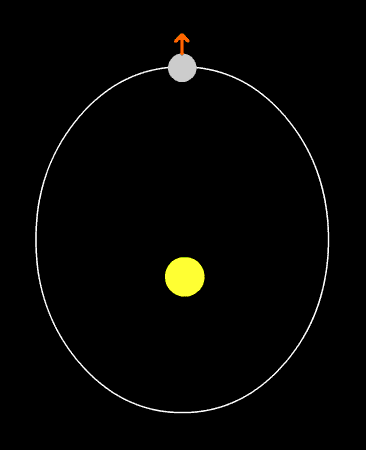
As shown above, mercury is not tidally locked to the sun, but actually rotates itself three times for every two revolutions around the sun (note: This phenomenon is known as 'orbital resonance'), which means that there is day and night on mercury, but the day and night alternation is long, about 58.646 earth days.
It is worth noting that on mercury you will see the sun moving towards sunset after sunrise, then stopping and moving backwards towards sunrise, then stopping and moving towards sunset again, all because of mercury's unique rotation and rotation cycles.
Because mercury has no atmosphere to insulate it, temperatures on its sunny side can be as low as -172 degrees celsius, while its sunny side can soar to 432 degrees celsius due to its proximity to the sun, making mercury a realistic version of the 'world of ice and fire'. The temperature difference between day and night is the highest in the solar system.
The most difficult planet to explore

Mercury is arguably the most difficult planet in the solar system to explore, firstly because of the sun's gravity, which accelerates human-launched probes towards mercury, making it easy to lose control of the probe, and when the probe arrives near mercury, the sun's gravity is too strong for the probe to enter proper orbit around mercury.
Then there is the fact that mercury's gravity is very small, so the probe would have to be very close to mercury to be captured by mercury's gravity, but if it were too close to mercury it could easily go out of control and crash. This is compounded by the fact that mercury is the fastest planet in the solar system, which makes it even more difficult to explore.
So far, only one probe has successfully entered mercury's orbit, messenger, which was launched in 2004 and crashed on mercury's surface in 2015 after completing its mission, while its successor, bepicolombo "Its successor, bepicolombo, is currently on its way to mercury and is expected to reach its destination in 2025.

The map above shows the trajectory of the bepicolombo probe, which gives you an idea of the difficulty of exploring mercury.
A simple count shows that it is the most in seven solar systems. The planet mercury, which looks so unimpressive, has set so many solar system records.

